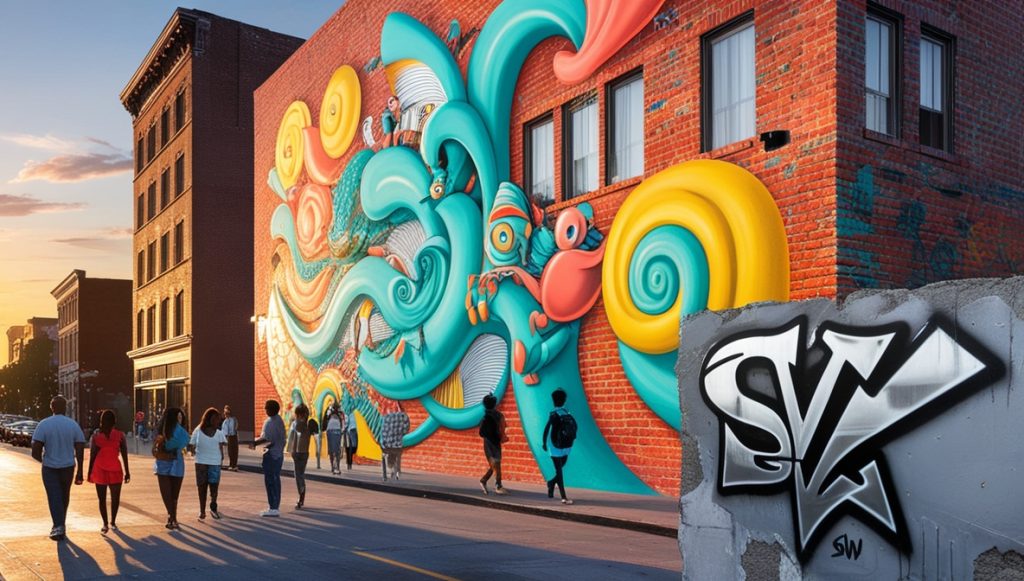Street art and graffiti are often seen as interchangeable forms of urban expression, but there are distinct differences between the two in terms of purpose, style, and perception. Both have a shared origin in public spaces, and both are considered forms of self-expression, but their methods and societal impact vary greatly.
Origins and Intent
Graffiti, in its most basic form, has been around for centuries. It is often associated with unauthorized writing or drawings on public or private property, typically using spray paint or markers. Graffiti culture, especially in its modern form, emerged in the 1960s and 70s, particularly in New York City. Writers would tag their names or pseudonyms in elaborate styles as a way to mark territory or build a reputation within the graffiti community. The intent behind graffiti is often highly personal, with artists seeking recognition among their peers or making a rebellious statement against authority.
Street art, on the other hand, tends to have a broader audience and a more public purpose. It emerged in the late 20th century as a more socially conscious and often legal form of art, designed to engage viewers and communicate messages. While graffiti often focuses on the artist’s identity through tagging or lettering, street art frequently involves murals, stencils, or paste-ups that carry political, social, or cultural themes. Artists like Banksy and Shepard Fairey, for instance, use street art to critique political systems, consumerism, and social injustice.
Techniques and Styles
Graffiti is largely based on lettering and typography. Artists, also known as writers, create intricate and stylized fonts, often incorporating bright colors and unique shapes. While it can be simple tags or throw-ups (quick, two-color pieces), graffiti can also evolve into more elaborate pieces called “burners,” which may cover entire walls.
Street art employs a wide range of techniques, from spray paint and stencils to mixed media and sculptures. The style of street art is often more pictorial or illustrative, with a focus on visual storytelling or symbolic imagery. This makes street art more accessible to the general public, as it often carries clear messages or appeals to aesthetic tastes.
Legal and Social Perception
One of the primary differences between graffiti and street art is legality. Graffiti is frequently illegal, viewed as vandalism, and is often removed or painted over by authorities. Street art, however, is sometimes commissioned by city officials or private property owners, and it is generally more accepted by the public.
Conclusion
While graffiti and street art share a common space in the urban environment, their differences lie in intent, technique, and social acceptance. Graffiti is often personal, underground, and rebellious, while street art tends to be more publicly engaging and widely accepted. Both forms contribute to the dynamic landscape of public expression, each offering unique insights into the culture and identity of urban spaces.



